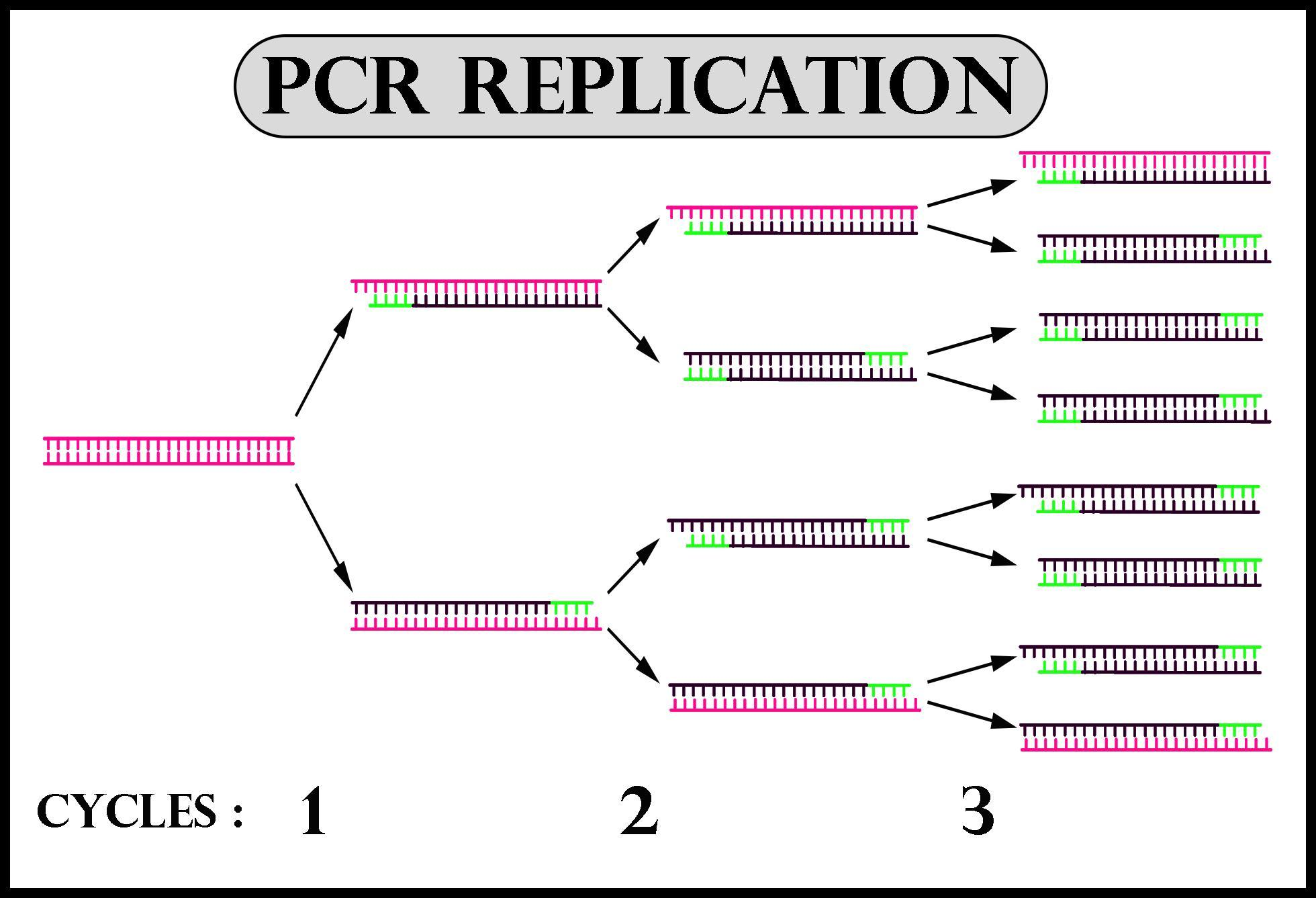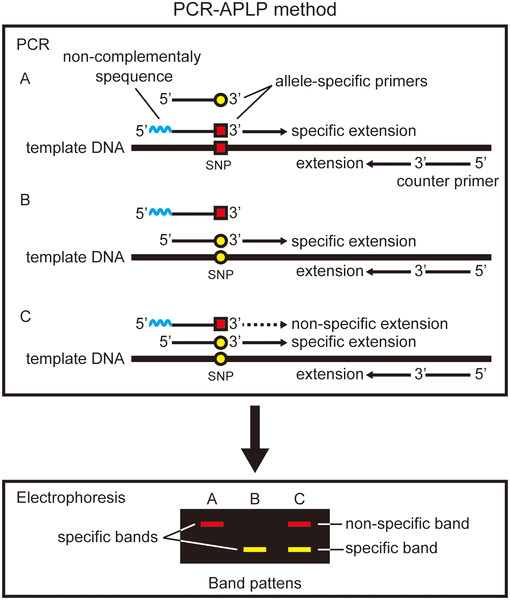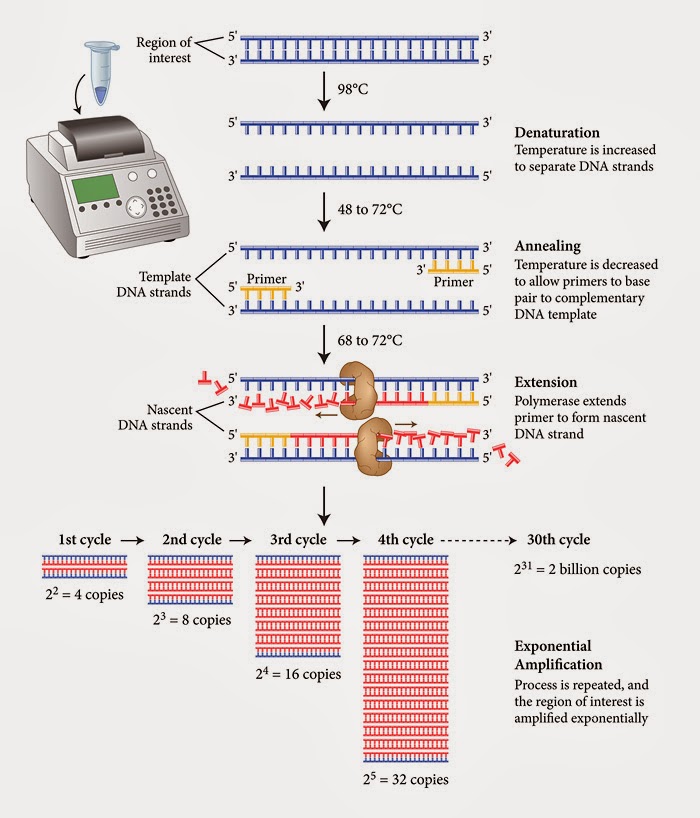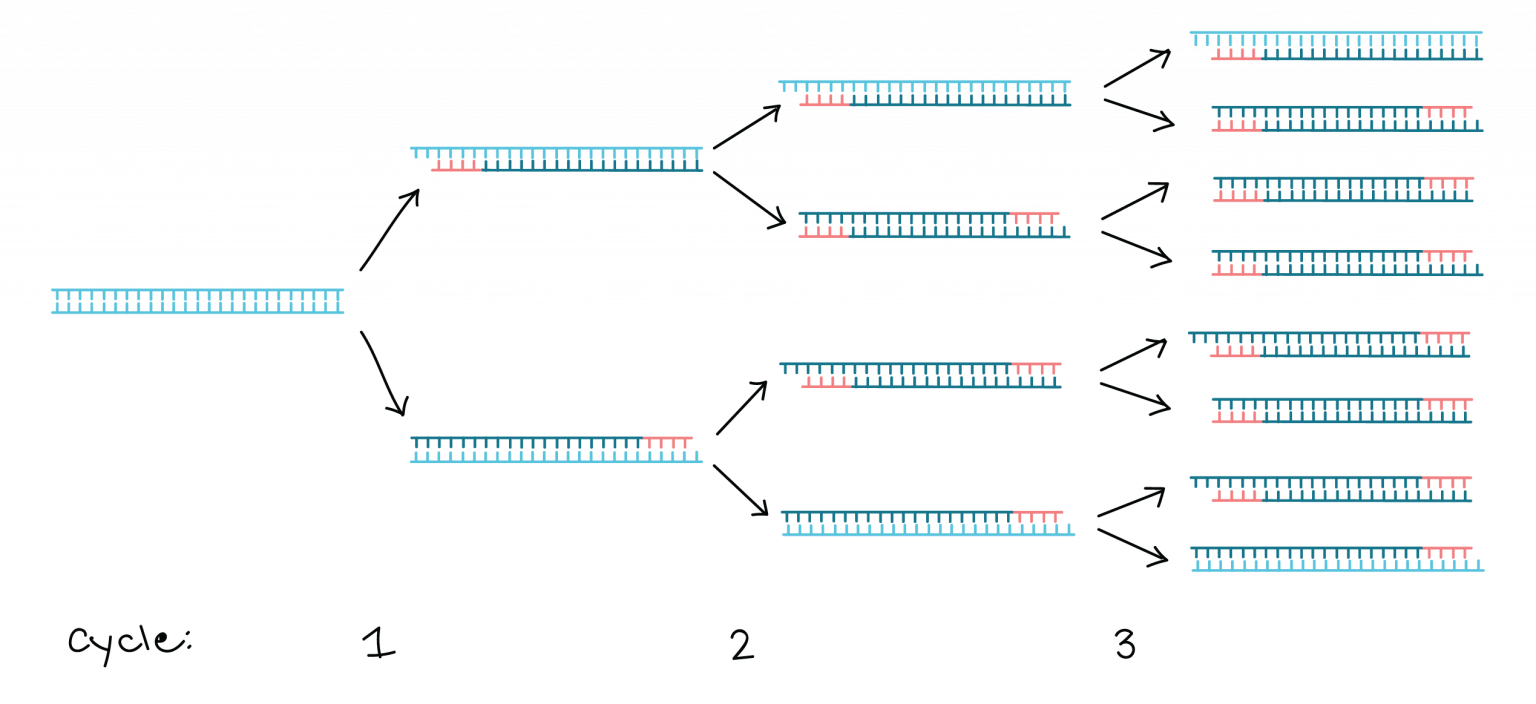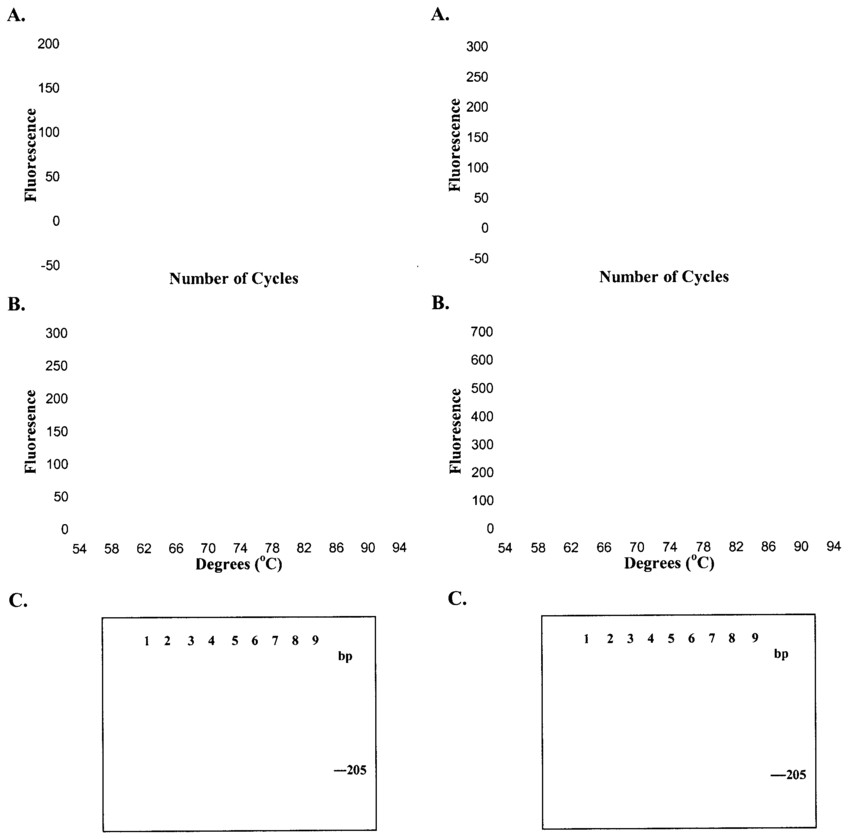How Much Dna Template For Pcr
How Much Dna Template For Pcr - Web the following table lists the recommended amount of dna template and primer for optimal sanger sequencing results. Template total mass (recommended) template volume per reaction: Web the appropriate amount of master mix can be pipetted into tubes or plate wells and combined with any components that vary among the reactions, such as dna or rna. Design your primer per the pcr primer design general. Web during dna replication, the template is generated by enzymes known as helicases. Web in pcr, the length of the target dna sequence is usually between 100bp to 5,000bp. 0.5 μl phage or 1 μl yeast: If your 250 bp pcr product has a concentration of 6ng/ul. 13 μl ~10 7 molecules phage or ~10 5 molecules yeast: 250 bp ÷ 5 = 50ng of dna.
Overview of the polymerase chain reaction (PCR). Template DNA strands
250 bp ÷ 5 = 50ng of dna. Web we generally recommend using phusion dna polymerase at a concentration of 20 units/ml (1.0 units/50 μl reaction). Web 1) generally 50 to 200 ng of dna i have worked with depending upon the gene of interest, for normal pcr of 16s rdna gene amplification i have used as little as 50.
How many copies of DNA samples are produced in the class 12 biology CBSE
Dna length (include vector) template concentration in 10 µl: 0.5 μl phage or 1 μl yeast: As an initial guide, spectrophotometric and molar conversion values for different nucleic acid. However, the optimal concentration of phusion dna. You need 50ng of dna.
How Much Template Dna for Pcr williamsonga.us
During a typical pcr, template dna (containing the region of interest) is mixed with. Web in pcr, the length of the target dna sequence is usually between 100bp to 5,000bp. This technique involves 0.1 m potassium hydroxide. You need 50ng of dna. Web generally, no more than 1 ug of template dna should be used per pcr reaction.
PCR process Dna, Dna drawing, Biology notes
Web during dna replication, the template is generated by enzymes known as helicases. These enzymes utilize energy from atp to move on dna, destabilize the hydrogen bonds. Web in pcr, the length of the target dna sequence is usually between 100bp to 5,000bp. Web the most commonly used dna polymerases for pcr have no reverse transcriptase activity under standard reaction.
How To Design Primers For Pcr Amplification
0.5 μl phage or 1 μl yeast: Dna length (include vector) template concentration in 10 µl: Web during dna replication, the template is generated by enzymes known as helicases. As an initial guide, spectrophotometric and molar conversion values for different nucleic acid. These enzymes utilize energy from atp to move on dna, destabilize the hydrogen bonds.
Fun with Biotechnology PCR
If your 250 bp pcr product has a concentration of 6ng/ul. Dna length (include vector) template concentration in 10 µl: 0.5 μl phage or 1 μl yeast: Web the amount of template to be used depends on the molecular weight (and hence the number of copies) of your construct, usually a normal pcr reaction can easily. Web generally, no more.
Polymerase Chain Reaction (PCR) Definition, Steps, Principle, Application
Web you want to sequence a 250 bp pcr product. 50 ng ÷ 6 = 8.3ul of. During a typical pcr, template dna (containing the region of interest) is mixed with. These enzymes utilize energy from atp to move on dna, destabilize the hydrogen bonds. Web we generally recommend using phusion dna polymerase at a concentration of 20 units/ml (1.0.
How Much Template Dna for Pcr williamsonga.us
Design your primer per the pcr primer design general. Web the amount of template to be used depends on the molecular weight (and hence the number of copies) of your construct, usually a normal pcr reaction can easily. Web 1) generally 50 to 200 ng of dna i have worked with depending upon the gene of interest, for normal pcr.
Schematic diagram of PCR showing that each cycle contains three steps
Web the appropriate amount of master mix can be pipetted into tubes or plate wells and combined with any components that vary among the reactions, such as dna or rna. 0.5 μl phage or 1 μl yeast: Template total mass (recommended) template volume per reaction: Design your primer per the pcr primer design general. Web the polymerase chain reaction (pcr).
What are the properties of PCR (template) DNA? Education
Template total mass (recommended) template volume per reaction: 2 ng/μl phage or 10 ng/μl yeast: Web 1) generally 50 to 200 ng of dna i have worked with depending upon the gene of interest, for normal pcr of 16s rdna gene amplification i have used as little as 50 ng of dna but. Web in quantitative pcr, dna amplification is.
13 μl ~10 7 molecules phage or ~10 5 molecules yeast: Web generally, no more than 1 ug of template dna should be used per pcr reaction. Web you want to sequence a 250 bp pcr product. Web the appropriate amount of master mix can be pipetted into tubes or plate wells and combined with any components that vary among the reactions, such as dna or rna. 0.5 μl phage or 1 μl yeast: Web in quantitative pcr, dna amplification is monitored at each cycle of pcr. Design your primer per the pcr primer design general. Web the amount of template to be used depends on the molecular weight (and hence the number of copies) of your construct, usually a normal pcr reaction can easily. 250 bp ÷ 5 = 50ng of dna. You need 50ng of dna. If your 250 bp pcr product has a concentration of 6ng/ul. As an initial guide, spectrophotometric and molar conversion values for different nucleic acid. During a typical pcr, template dna (containing the region of interest) is mixed with. However, the optimal concentration of phusion dna. Web the polymerase chain reaction (pcr) is a method to rapidly amplify sequences of dna. 50 ng ÷ 6 = 8.3ul of. Web 1) generally 50 to 200 ng of dna i have worked with depending upon the gene of interest, for normal pcr of 16s rdna gene amplification i have used as little as 50 ng of dna but. Web during dna replication, the template is generated by enzymes known as helicases. When the dna is in the log linear phase of amplification, the amount of fluorescence increases above the. Dna length (include vector) template concentration in 10 µl:

